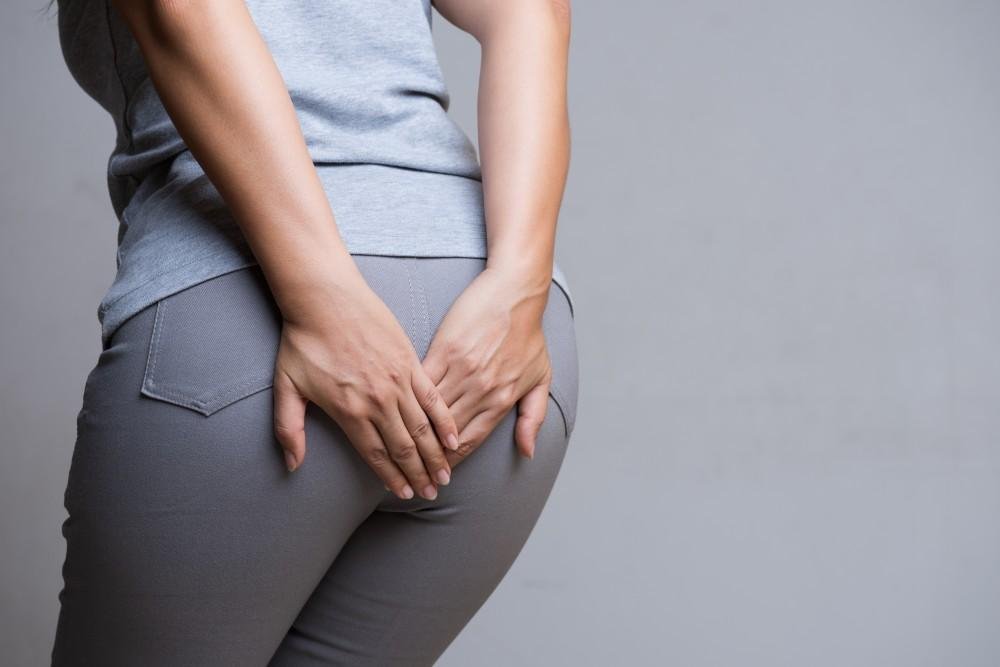Understanding the Connection Between Hemorrhoids and Your Pelvic Floor: How Pelvic Floor Therapy Can Help
Hemorrhoids are a common and often painful condition that affects millions of people worldwide. While they are typically associated with issues like constipation and straining during bowel movements, many people are unaware of the crucial role that the pelvic floor plays in their development and treatment. In this blog post, we’ll delve into the connection between hemorrhoids and your pelvic floor and explore how pelvic floor therapy can provide relief and promote healing.
The Relationship Between Hemorrhoids and the Pelvic Floor:
What Are Hemorrhoids?
Hemorrhoids are swollen veins in the lower rectum and anus. They can be internal (inside the rectum) or external (under the skin around the anus). Common symptoms include pain, itching, bleeding during bowel movements, and swelling.
The Role of the Pelvic Floor
The pelvic floor is a group of muscles and connective tissues that support the bladder, rectum, and reproductive organs. These muscles help control bowel movements and urine flow, and they play a vital role in maintaining overall pelvic health.
How the Pelvic Floor Affects Hemorrhoids
Straining During Bowel Movements:
Excessive straining can weaken the pelvic floor muscles and increase pressure on the veins in the rectum and anus, leading to hemorrhoids.
Chronic Constipation:
Weak pelvic floor muscles can contribute to chronic constipation, making it harder to pass stools without straining, which in turn exacerbates hemorrhoid symptoms.
Pelvic Floor Dysfunction:
Dysfunctional pelvic floor muscles can lead to issues with bowel movements, including incomplete evacuation, which can cause straining and pressure buildup.
How Pelvic Floor Therapy Can Help Relieve Hemorrhoid Symptoms:
Pelvic floor therapy focuses on strengthening and rehabilitating the pelvic floor muscles, improving their function and reducing the strain that contributes to hemorrhoids. Here are three key pelvic floor therapy techniques that can help:
Pelvic Floor Exercises
What They Are: Exercises that target the muscles of the pelvic floor, such as Kegels, which involve contracting and relaxing these muscles.
How They Help: Strengthening the pelvic floor muscles can improve bowel control, reduce straining during bowel movements, and alleviate pressure on the rectal veins.
How to Perform: To perform Kegel exercises, sit or lie down comfortably. Tighten your pelvic floor muscles as if trying to stop the flow of urine. Hold for 5 seconds, then relax for 5 seconds. Repeat 10-15 times, three times a day.
Biofeedback Therapy
What It Is: A technique that uses sensors and a computer display to provide real-time feedback on pelvic floor muscle activity.
How It Helps: Biofeedback can help you become more aware of your pelvic floor muscles and teach you how to control them more effectively, reducing the risk of straining.
How to Perform: Under the guidance of a trained therapist, sensors are placed to monitor muscle activity, and visual feedback is provided to help you learn proper muscle control.
Manual Therapy
What It Is: Hands-on techniques performed by a physical therapist to relieve muscle tension and improve pelvic floor function.
How It Helps: Manual therapy can address tight or overactive pelvic floor muscles, reducing pain and discomfort associated with hemorrhoids.
How to Perform: A physical therapist will use gentle pressure and massage techniques to release tension and improve muscle coordination.
Other Lifestyle Modifications to Consider:
Avoid straining on the toilet and use a pooping stool! Our goal is to decrease the pressure through the rectum. Pushing on the toilet will increase the pressure and aggravate your symptoms.
Try adding in Magnesium to your nightly routine. The right type of magnesium will help your stool absorb more water, making it easier to pass (and therefore decreasing the strain in your rectum).
Stay hydrated! Aim for 80-120 oz of water/day!
When you’re flared up, utilize a sitz bath! A sitz bath can help decrease the inflammation and discomfort that comes with hemorrhoids.
Conclusion
Hemorrhoids and pelvic floor health are closely linked, and addressing pelvic floor dysfunction can significantly improve hemorrhoid symptoms. Pelvic floor therapy, including exercises, biofeedback, and manual therapy, offers a holistic approach to managing and alleviating the discomfort associated with hemorrhoids.
If you’re struggling with hemorrhoid symptoms, consider consulting a pelvic floor physical therapist. They can provide personalized guidance and treatment plans tailored to your specific needs, helping you achieve better pelvic health and relief from hemorrhoid discomfort.


